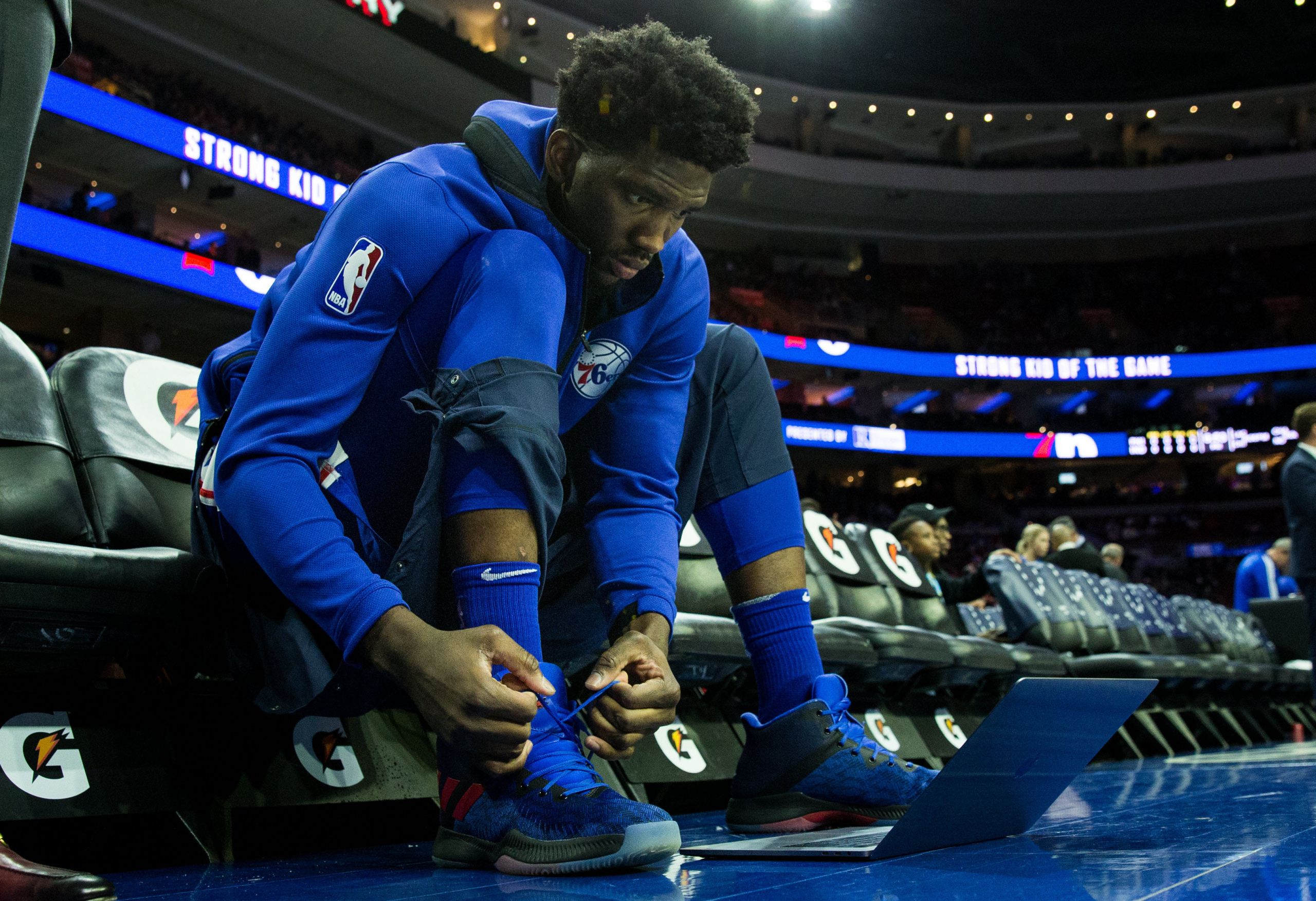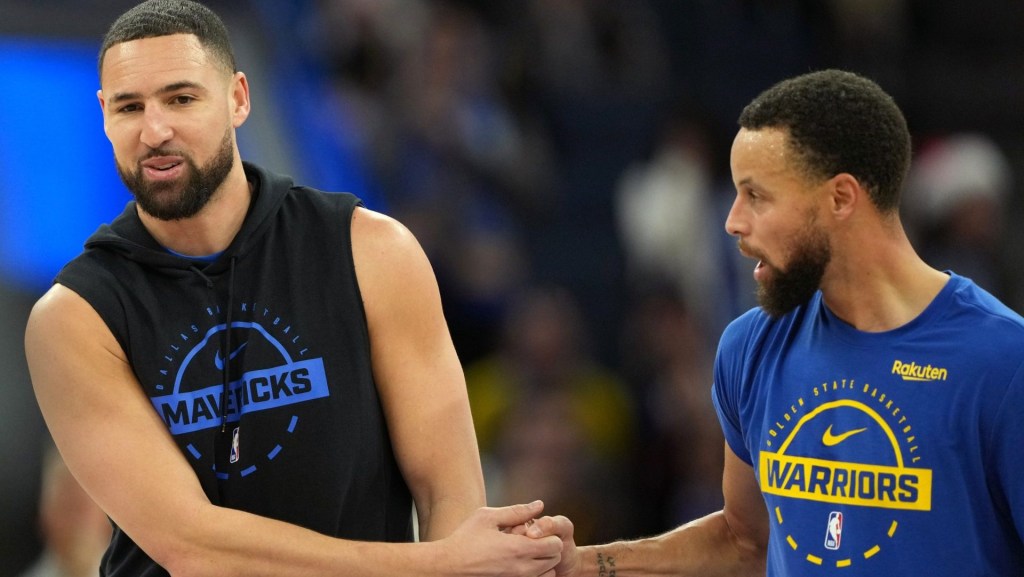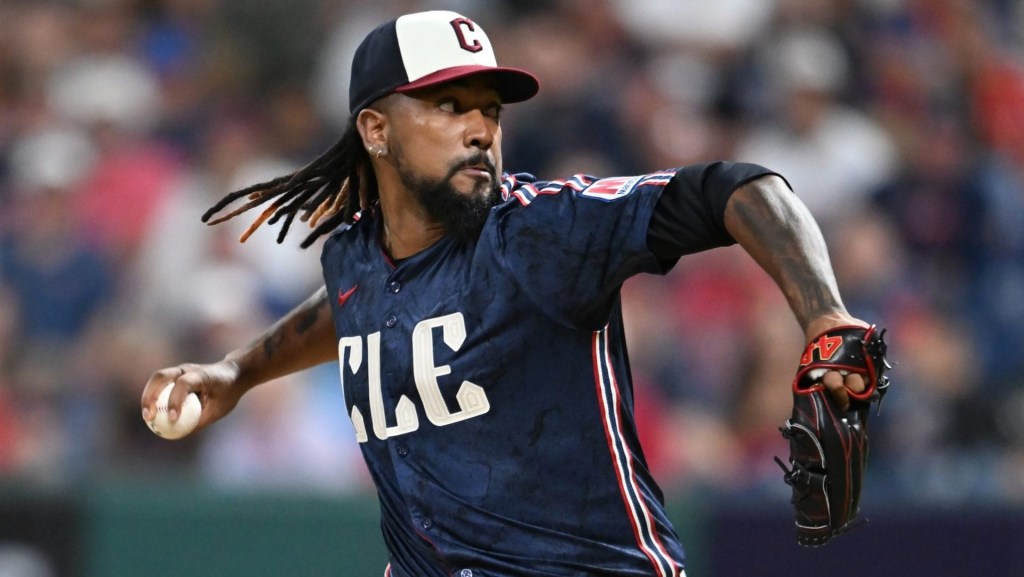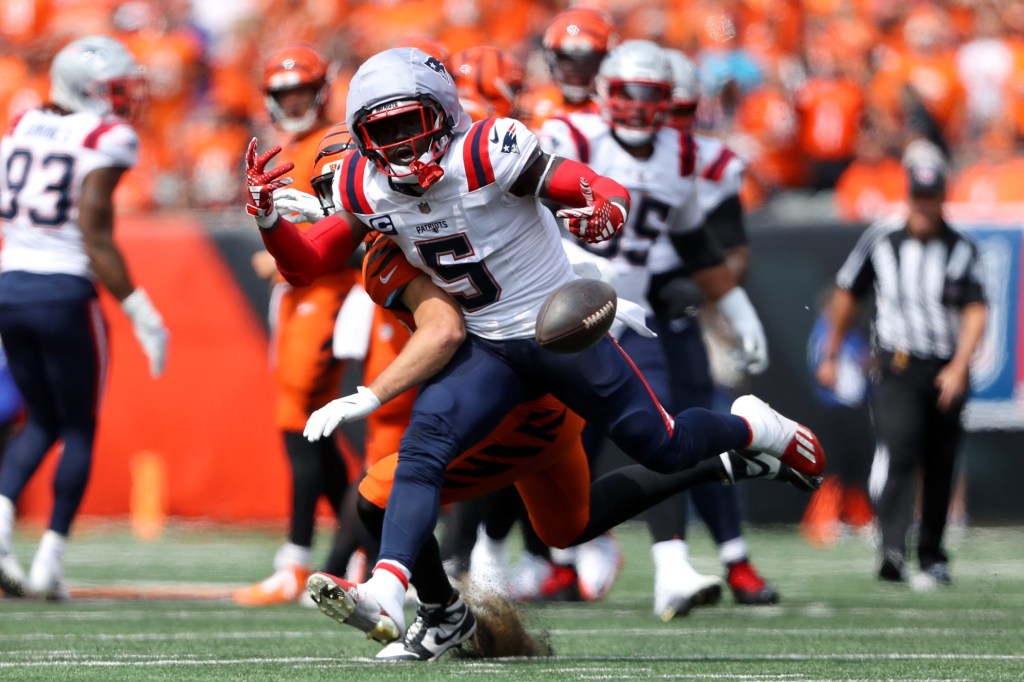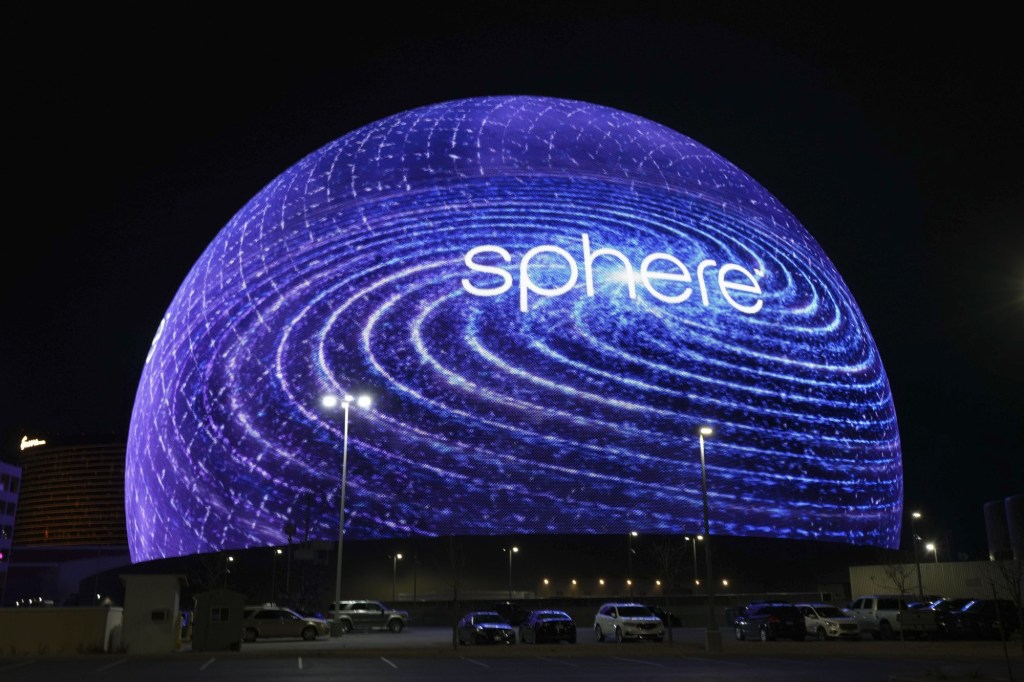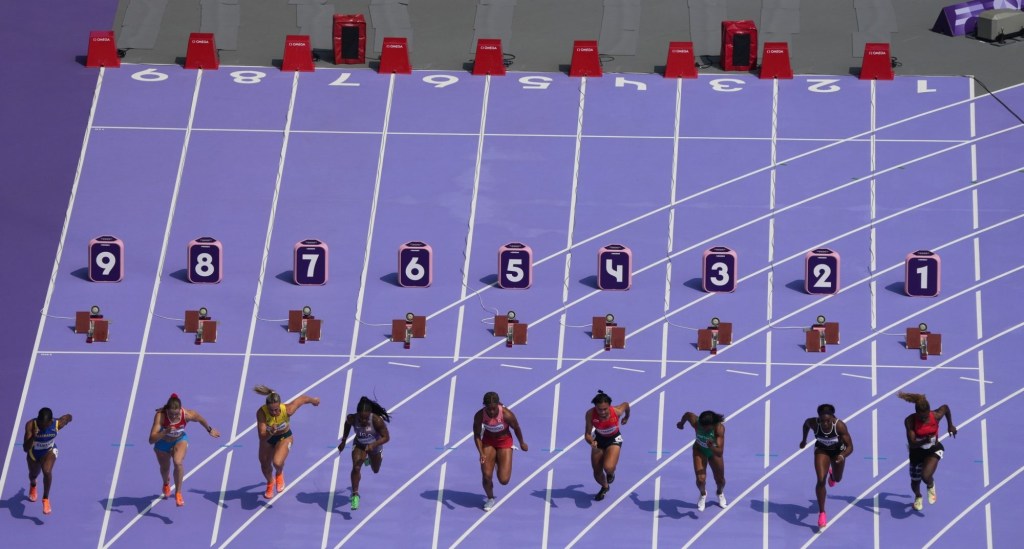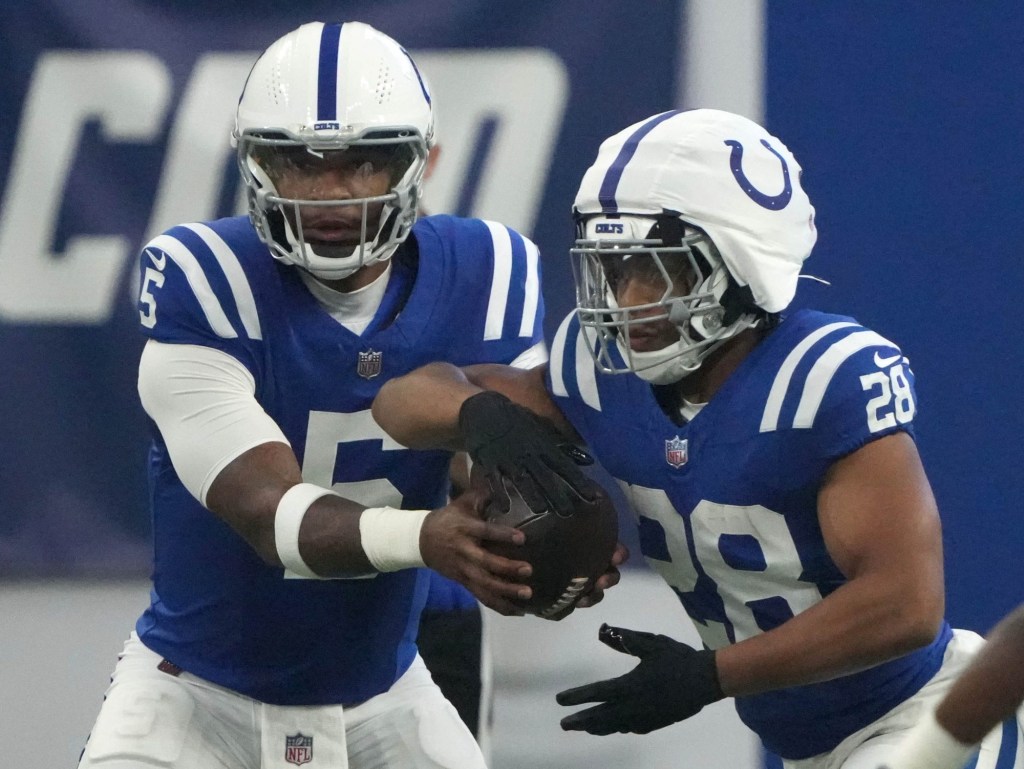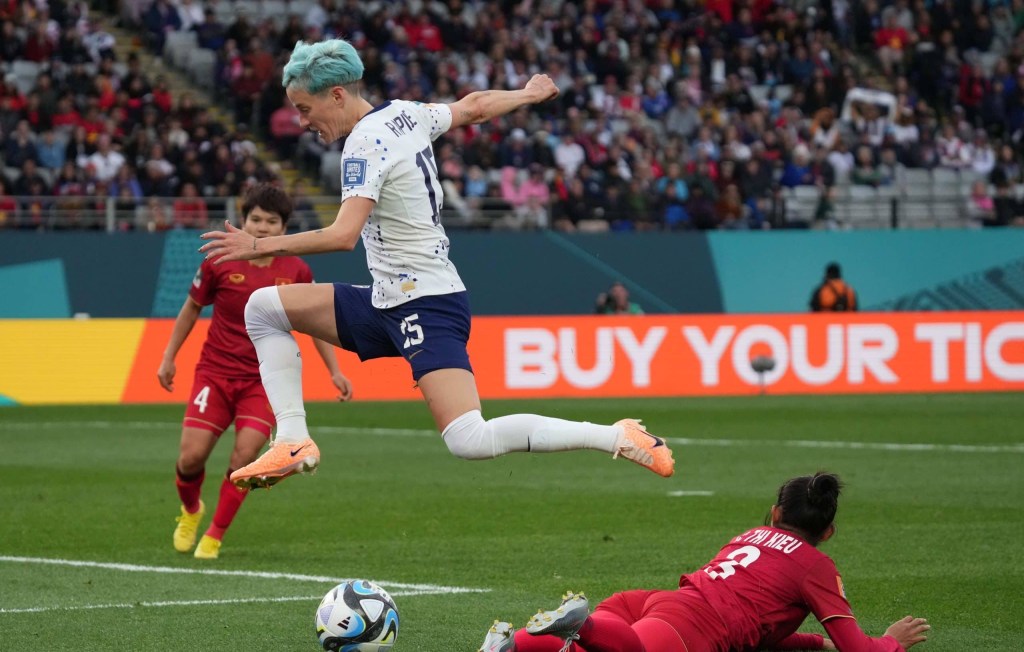Creating and maintaining control of the content catered to 1.6 billion basketball fans worldwide can provide headaches for the NBA.
As a global sports league, the NBA – for some time – has not always been the sole provider of in-game content. It shares that responsibility with numerous other properties and media companies. On top of that, all 30 NBA teams have their own social media departments, players are more active in their content creation, and regional sports networks are also creating more content than ever before.
Not to mention, that does not even include all of the unauthorized NBA content that is shared across the Internet.
Prior to the start of the 2019 NBA season, the league rolled out a new platform that quickly help the league put out content from its games in almost real time.
Since joining the NBA in 2014, Senior Vice President of Media and Technology Chris Halton has focused on introducing new technologies that can identify and organize content before it even surfaces online.
“We don’t necessarily produce all the content that’s going on out in the field,” Halton said. “We do a good job at bringing it back what’s happening on-court. We have cameras live, it’s on the broadcast, and we take full advantage of it. However, there’s a lot of content that’s happening out in the field that is outside of our walls – we know about it, but we don’t always know about it in time.”
The new Virtual Content Factory, the NBA’s cloud-based platform, is designed to facilitate the entire lifecycle of content from the ideation and planning phases to the editing, archiving, and distribution processes. It possesses a master assignment and content calendar that keeps content creators aware of any ongoing or future projects and provides a layer of transparency and efficiency to maximize content globally.
As a suite of cloud-based tools, the Virtual Content Factory’s virtual assignment desk technology enables teams to schedule events and staff activities that ultimately serve as a shared, league-wide content calendar. Both teams and the league office can now collaborate in real-time more efficiently, manage, and share new forms of content and maximize cost avoidance opportunities.
READ MORE: 5G Providers Continue To Lean on Sports To Demonstrate Possibilities
The creation of this platform has its roots in 2014, when the league launched its inaugural Replay Center. Based in Secaucus, New Jersey, the NBA Replay Center utilizes a high-speed arena network to enhance the performance of NBA referees and accelerate the replay review process.
The facility is equipped with 94 HD monitors and is connected directly to all 29 NBA arenas. It also wields a bandwidth capacity that could download the entire digitized Library of Congress – more than 158 million documents – in just over 30 minutes.
With an improved high-speed arena network in place, that set the foundation for the Virtual Content Factory, said Halton.
The Virtual Content Factory is also one of the first of its kind for a professional sports league, said Halton. The NFL uses Box, a cloud content management service based in Redwood City, Calif., and NASCAR is utilizing an assignment tooling functionality.
“We’ve been told countless times that no one has done this,” Halton said. “No one has figured out how to pull this together in one piece. We feel very proud of it, and we think it’s the right way to go.”
The importance of the Virtual Content Factory is to maintain some semblance of organization, said Halton. He conceded that in terms of content, the NBA can’t always be ahead of everything. Once he and his staff find videos online, it’s their job to gain access to the media.
Included in the Virtual Content Factory are media management tools that allow the field producers to upload content directly to the database, said Halton. Once this happens, he and his staff receive alerts that appear right across their computer screens.
In the past, the process of getting a multi-angled clip restored from the archive and ready for social media could take hours, said Halton. Now, he and the technology and operations departments can immediately clip, cut, and distribute the video in mere seconds.
“We’ve taken a competitive advantage because lots of folks are looking at the NBA and encoding the broadcast streams,” Halton said. “We had a unique advantage in that we have this network and all this multi-angle content nobody has. So we wanted to take full advantage of it for all of our fans around the world and giving them an experience that no one else can offer them but us.”
READ MORE: Packers-Microsoft’s TitletownTech Joint Venture Trying To Win Different Kind of Game
The unique content is not only used as a marketing tool to engage with fans on digital and social platforms but also to complement the vast amount of content distributed to global licensees. Those licensees and partners include YouTube TV, Rakuten, Verizon, Amazon, Sportradar, Turner, NeuLion, iStreamPlanet, and FanDuel.
When it comes to NBA streams, the league has taken active measures in combating anti-piracy measures. Days after the 2019 NBA Finals, Reddit banned r/nbastreams following repeated violations of the social media website’s copyright infringement policy. The NBA’s involvement in the shutting down of r/nbastream’s stream was confirmed through a statement: “We work with our vendors to identify and protect against pirated live streams of our games. Platforms shutting down repeat infringers is critical to this process.”
Halton does acknowledge that anyone can take content from the NBA and publish it without the league’s knowledge. But for him, the Virtual Content Factory was built to work around and control – at a licensing level – the licensees’ content and what they’re downloading and receiving. It also provides greater visibility to tracking down NBA-related content that shouldn’t be online to whoever posted it.
For its various licensees, the Virtual Content Factory allows them to search and preview content that they previously didn’t have access to, said Halton. Even if they don’t have the proper licensing rights, they can ask permission through a digital workflow that can either approve or deny the request.
After the licensee gives an explanation into the usage of the non-licensed footage, a local regional manager within the given region has the final word; if they approve it, the licensee can download it – both in high and low resolution – with data to accompany it.
“From their perspective, they’re getting great content that no one else could provide,” Halton said. “They’re getting insights and access to players that they would never get before other than watching the game on television – so our licensees are excited about that.”
Heading into 2020, Halton wants to see the Virtual Content Factory extend beyond its current users. As of January 6, only 13 teams have adopted the platform. They include:
- Charlotte Hornets
- Cleveland Cavaliers
- Denver Nuggets
- Detroit Pistons
- Indiana Pacers
- Los Angeles Lakers
- Memphis Grizzlies
- Milwaukee Bucks
- Minnesota Timberwolves
- New Orleans Pelicans
- Oklahoma City Thunder
- Philadelphia 76ers
- Phoenix Suns
Halton also sees more growth potential through RSNs. In 2020, he envisions the Virtual Content Factory getting integrated into the television trucks so the NBA can get immediate content that they’re capturing. With the RSN’s abilities to shoot at an abundance of camera angles, Halton and his staff are making inroads, already building tools that will allow a truck shooting an event to integrate directly with the Virtual Content Factory.
“It comes down to access,” Halton said. “We have feeds that no one else has. Plus, our quality of the video is a lot higher than some of those other feeds so when you see our stuff come out, it looks a lot better.”
“That’s been our mission: quality. Not necessarily quantitative, but giving something to fans that they can’t just get by watching the television programming. They can get something that they hadn’t seen before.”
